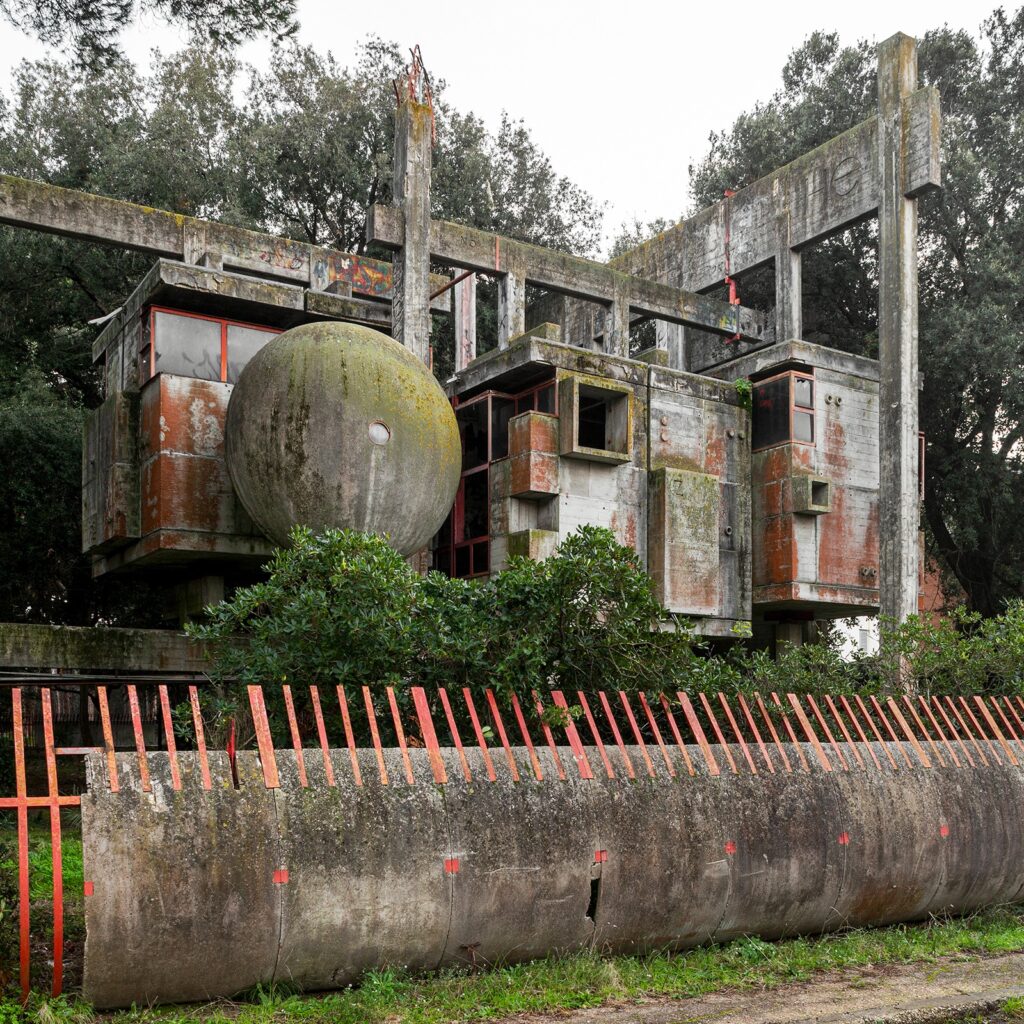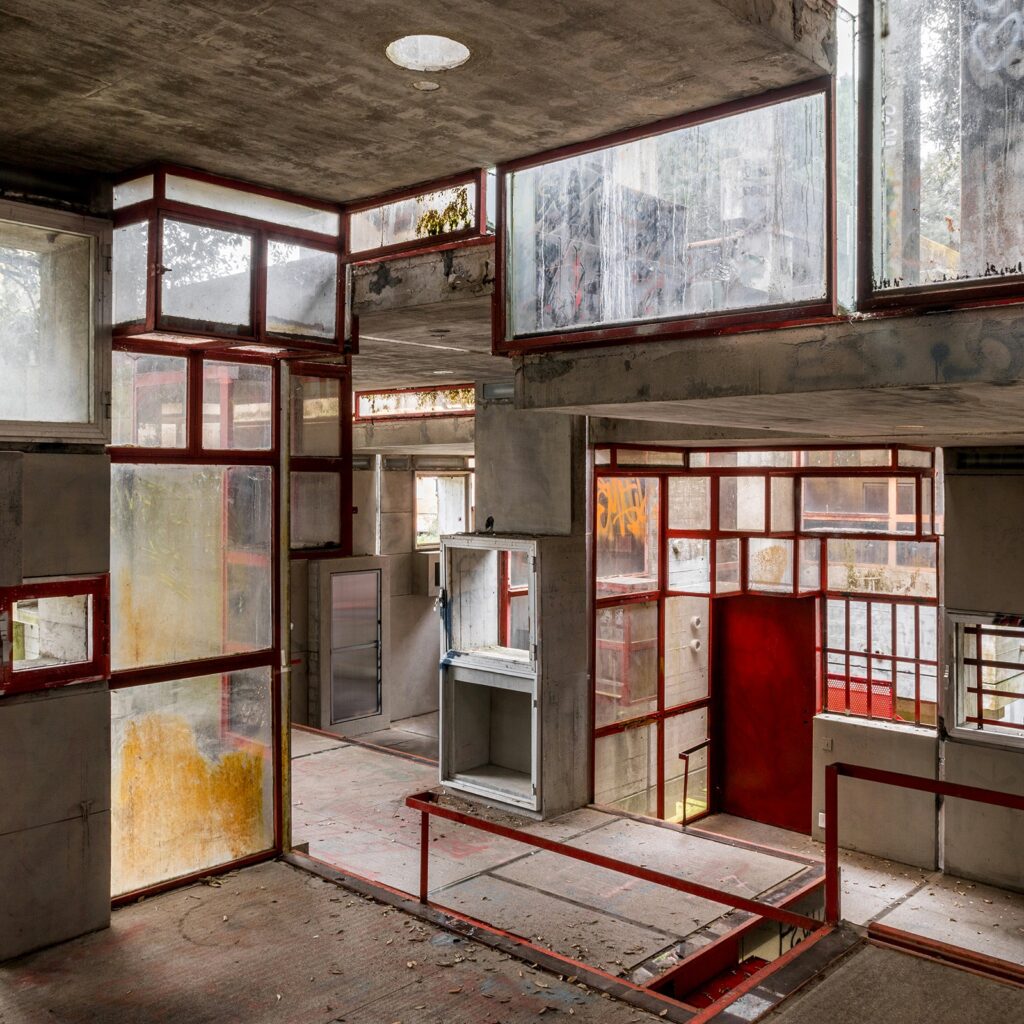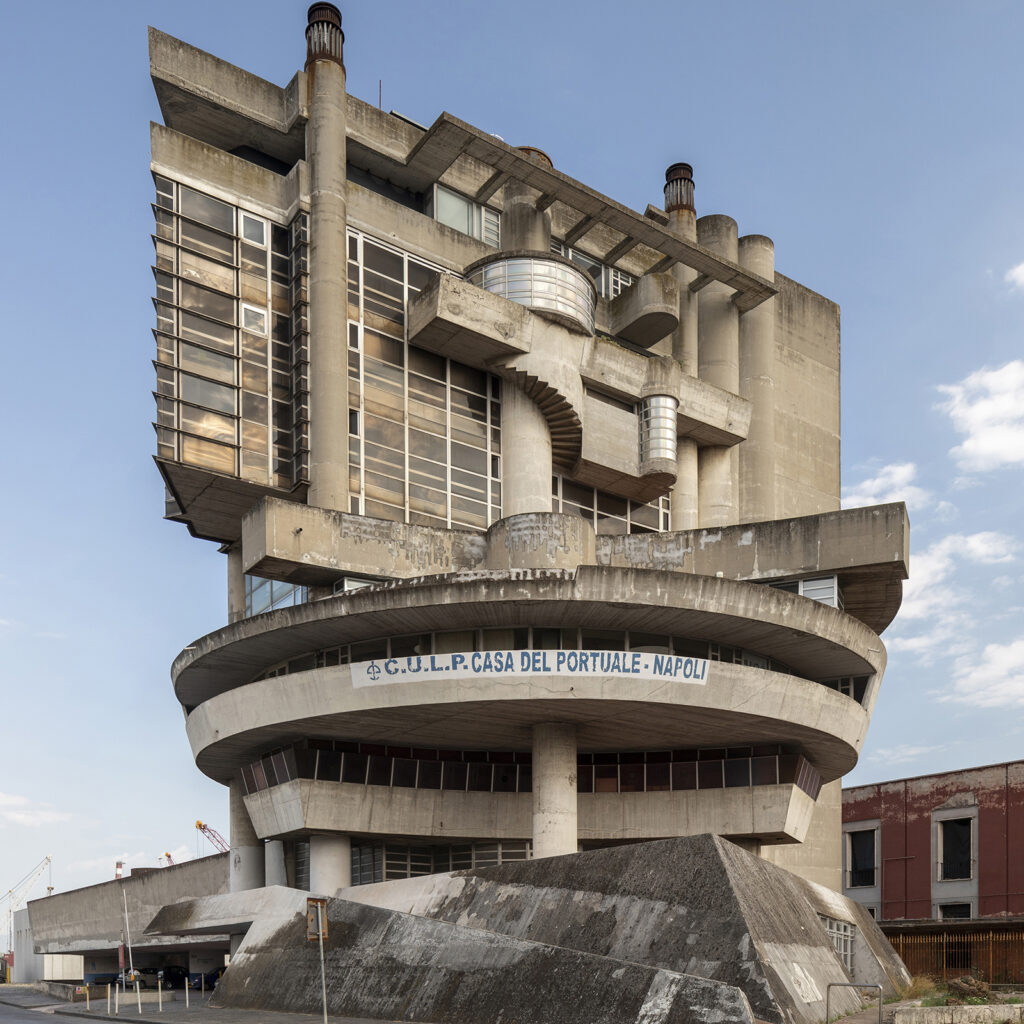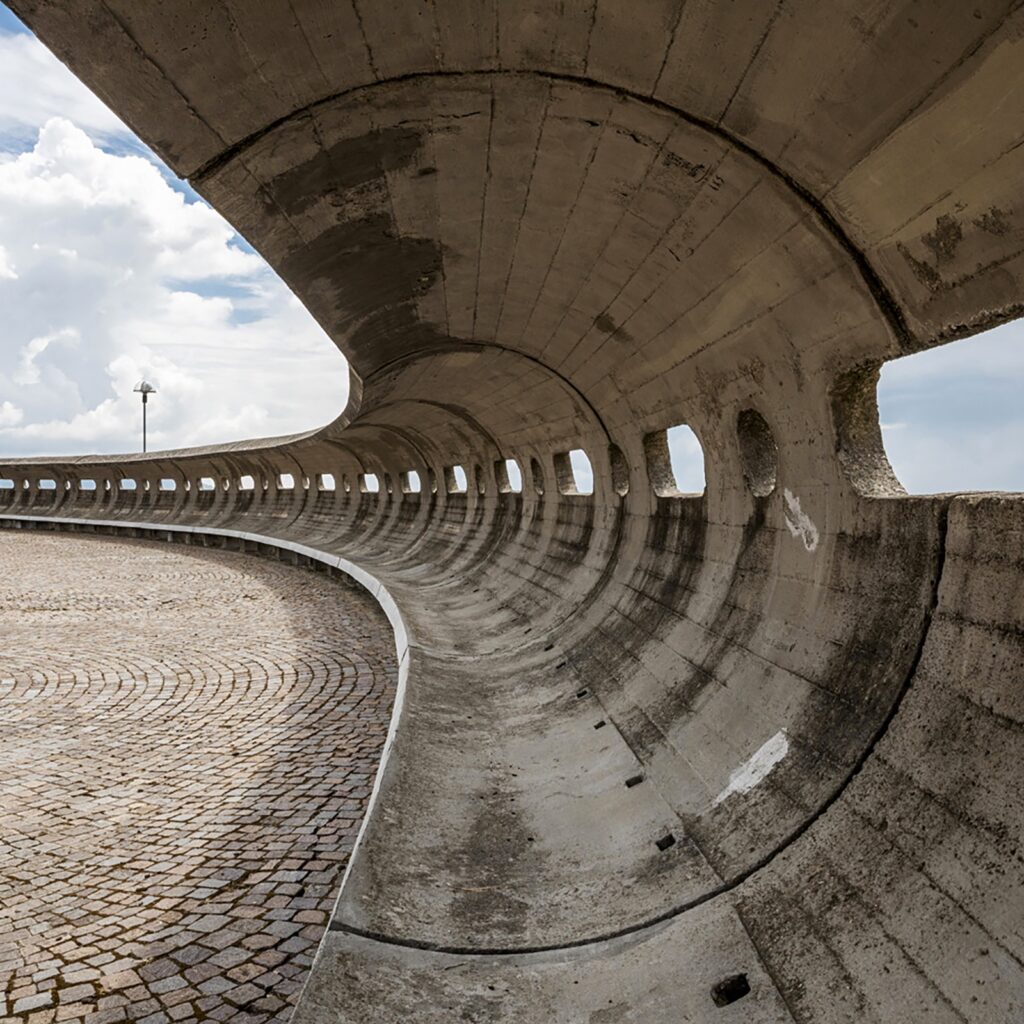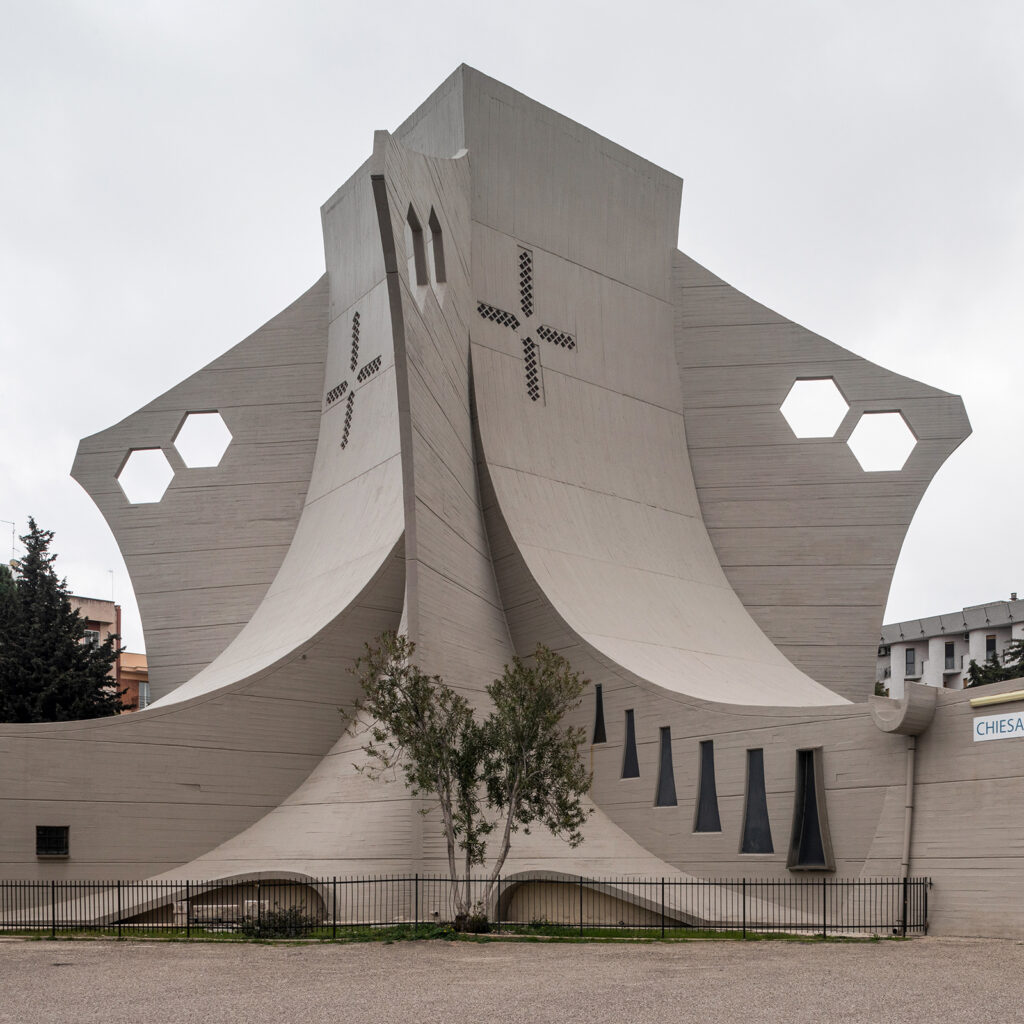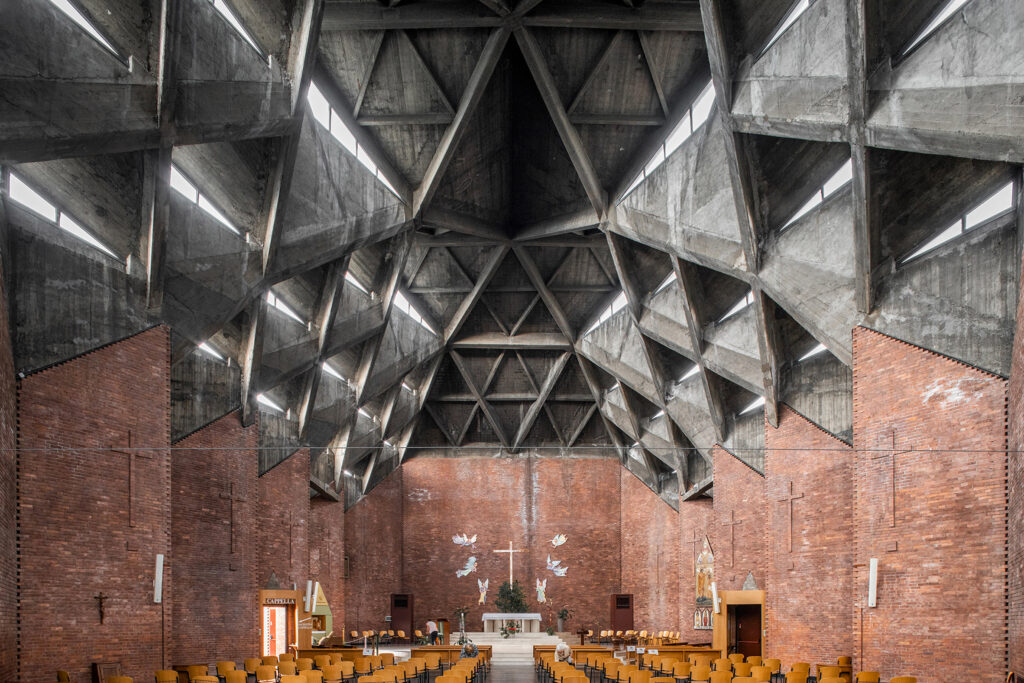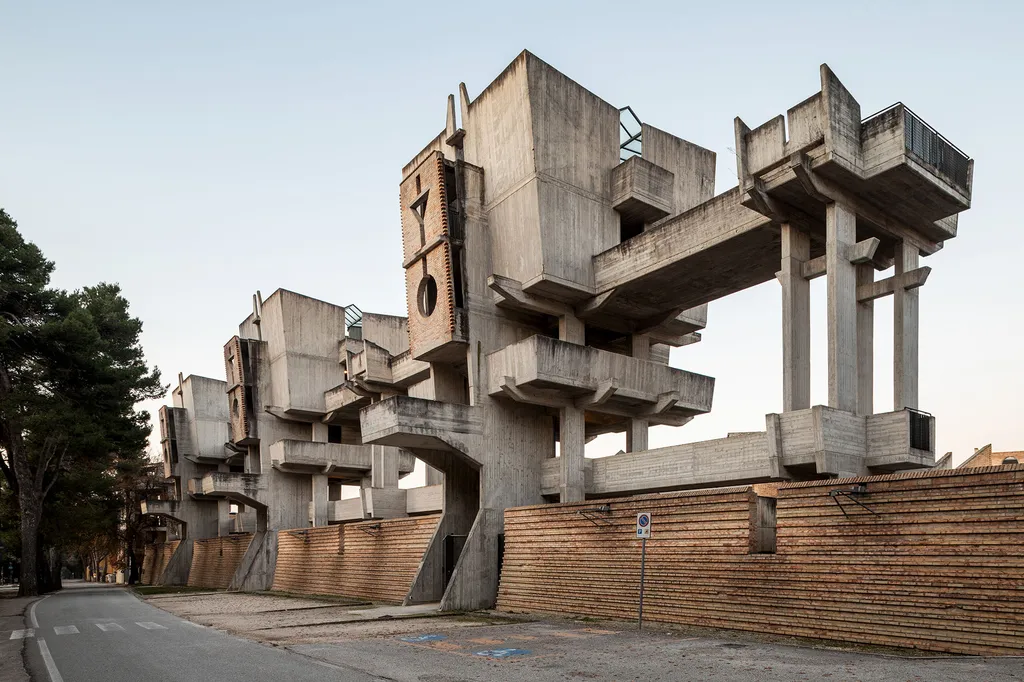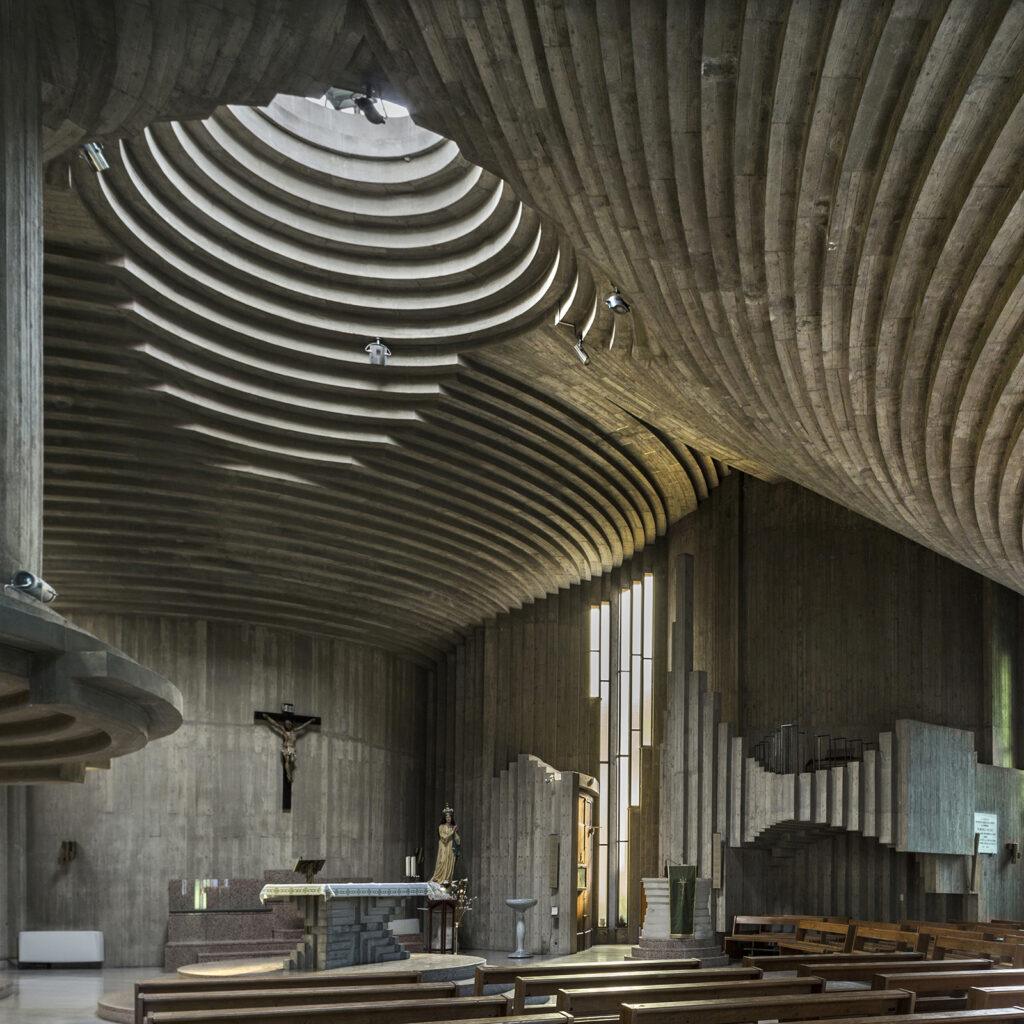
Italy produced some of the world’s most innovative and exciting Brutalist architecture, which is featured in a new book entiteld Brutalism in Italy: Concrete Architecture from the Alps to the Mediterranean Sea, with magnificent photographs by Roberto Conte and Stefano Perego (published by FUEL). Italian Brutalism — ranging from private homes to churches, cemeteries, and stadiums―across every region of the country is fully documented, demonstrating the pluralist approache to concrete architecture in Italy during the 70s. We learn that it was a way for architects to distance themselves from fascism, without rejecting the architectural modernism that had flourished during that era.
In the introducion, Adrian Forty, professor emeritus of architectural history at the Bartlett School of Architecture – University College of London says: “It was, though, above all in their willingness to acknowledge that concrete could be of more than one time, that it could represent both the present (or the future) and the past simultaneously, that Italian architects stood out from their counterparts elsewhere in the world. Generally, during the twentieth century, concrete was treated exclusively as a future-oriented medium – it signified an age that had not arrived, and the fact that it also had a past was strenuously denied. But circumstances in Italy made architects anxious to represent its past as well as its future”.
